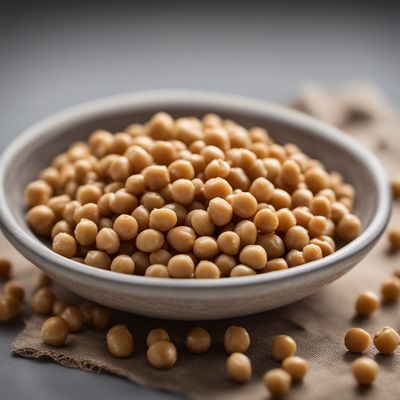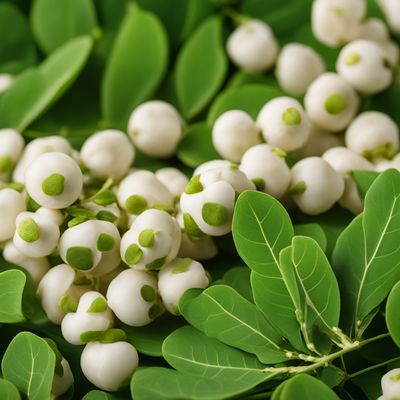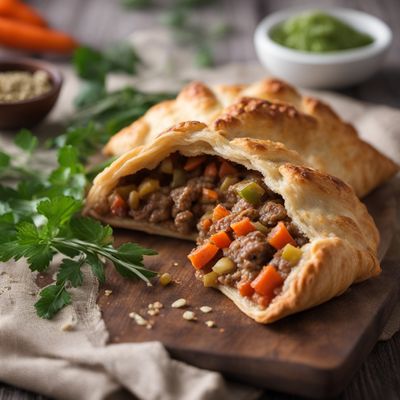
Ingredient
Asparagus peas (without pods)
The Delicate Gems of Spring
Asparagus peas are small, elongated legumes that resemble a cross between asparagus and peas. They have a delicate, slightly nutty flavor with a hint of sweetness and a crisp, crunchy texture. These vibrant green gems are often used in stir-fries, salads, and vegetable side dishes, adding a pop of color and a refreshing taste to any meal.
Origins and history
Asparagus peas have a rich history that dates back centuries, originating in Southeast Asia and spreading to other tropical regions. They have been a staple in Asian cuisines for generations, valued for their high nutritional content and adaptability in various dishes. Today, they are cultivated in many countries around the world, including India, Thailand, and the Philippines.
Nutritional information
Asparagus peas are a good source of protein, fiber, and essential vitamins and minerals. They are low in calories and fat, making them a nutritious addition to any diet.
Allergens
There are no known allergens associated with asparagus peas.
How to select
When selecting asparagus peas, look for pods that are firm, bright green, and free from blemishes or signs of wilting. The peas inside should be plump and vibrant in color. Avoid pods that are yellowing or have a mushy texture, as they may be past their prime.
Storage recommendations
To maintain the freshness and quality of asparagus peas, store them in a perforated plastic bag or airtight container in the refrigerator. They can be kept for up to 3-4 days. Avoid washing them until ready to use, as excess moisture can cause spoilage.
How to produce
Asparagus peas can be grown in warm climates with well-drained soil and ample sunlight. They require a trellis or support structure to climb on, and regular watering to ensure proper growth. With proper care, they can be easily cultivated in home gardens or small-scale farms.
Preparation tips
Asparagus peas can be blanched, steamed, stir-fried, or added raw to salads. They can be used as a side dish, incorporated into stir-fries, or added to soups and stews. Their crisp texture and vibrant flavor make them a versatile ingredient in both Asian and Western cuisines.
Culinary uses
Asparagus peas are commonly used in stir-fries, salads, and vegetable side dishes. They pair well with other spring vegetables, such as snap peas, carrots, and radishes. They can also be added to pasta dishes, risottos, or used as a topping for pizzas and flatbreads.
Availability
Asparagus peas are commonly available in Southeast Asian countries, such as India, Thailand, and the Philippines. They can also be found in specialty grocery stores or farmers markets in other regions.
More ingredients from this category

Chickpeas (without pods)
The Versatile Legume: Chickpeas

Garden peas (without pods)
The Petite Powerhouses: Garden Peas

Pigeon peas (without pods)
The Protein Powerhouse: Pigeon Peas

Chickling vetches (without pods)
The Nutrient-Packed Legume

Moringa (without pods)
The Miracle Tree: Moringa's Marvels
Recipes using Asparagus peas (without pods)

Bulgarian-Style Cornish Pasty
Savory Bulgarian Delight: Traditional Cornish Pasty with a Bulgarian Twist

Silesian-style Smoked Salmon Salad
Smoked Salmon Delight: A Silesian Twist on a Classic Dish

Frankfurter Würstchen with Sauerkraut and Mustard Sauce
Savory German Sausages with Tangy Sauerkraut and Creamy Mustard Sauce